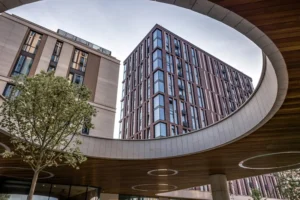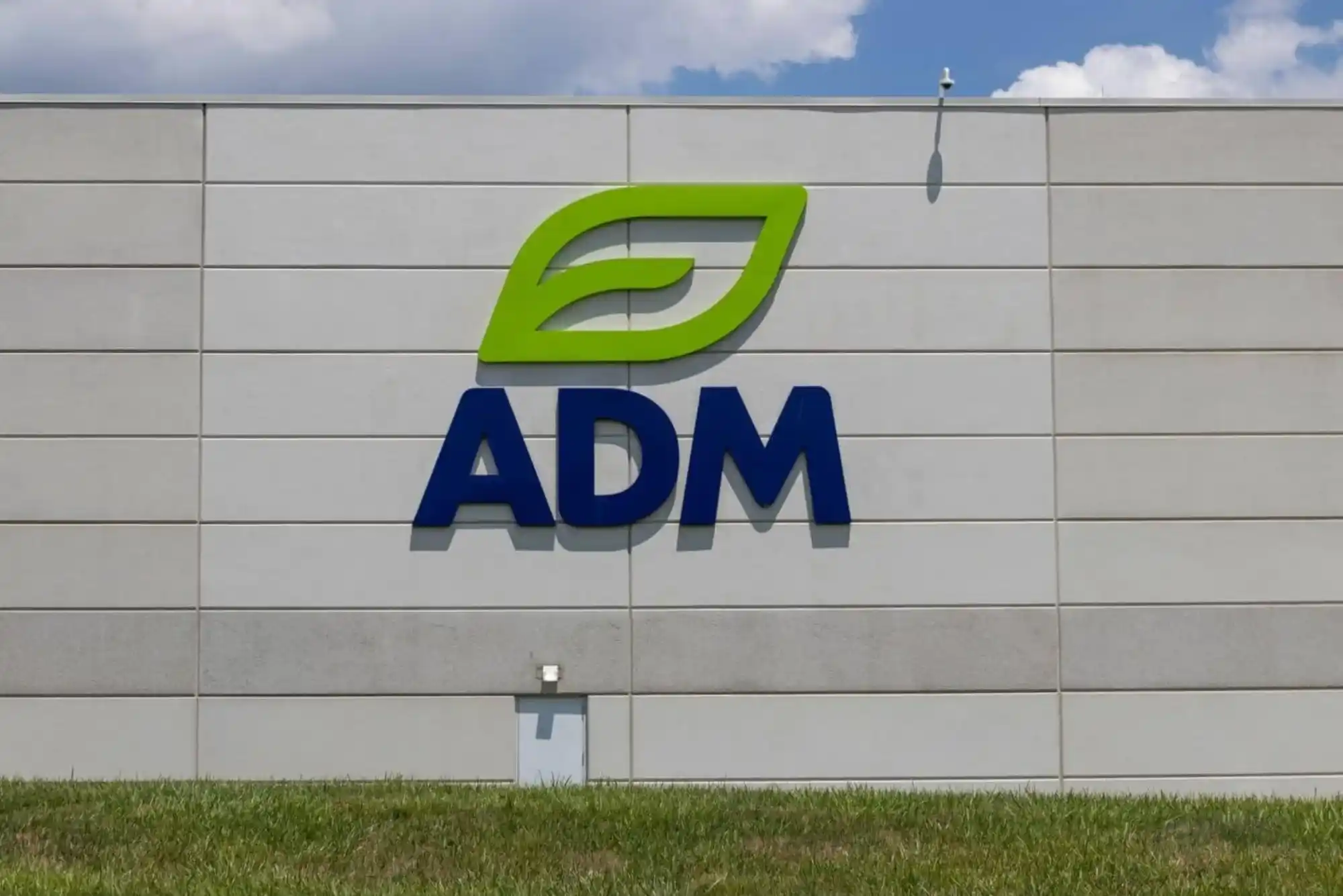The ADM building, known for its distinctive architectural style and multifunctional design, plays a significant role in urban landscapes. This article delves into the ADM building’s various aspects, including its design, purpose, significance, and impact on the community.
ADM Building
The ADM building is a prominent structure often serving multiple purposes within urban environments. Its design and functionality cater to various needs, making it a vital part of the urban infrastructure. As cities grow and evolve, the importance of buildings like the ADM becomes increasingly apparent.
Architectural Features
Design Elements
The architectural design of the ADM building is characterized by a blend of modern and traditional elements. It typically incorporates large glass windows that allow natural light to flood the interior, enhancing the aesthetic appeal and energy efficiency of the building. The facade often features unique patterns and textures that distinguish it from surrounding structures.
Sustainability Considerations
Sustainability is a key aspect of modern architectural practices. The ADM building often employs green building techniques, such as rainwater harvesting systems, solar panels, and energy-efficient heating and cooling systems. These features not only minimize the building’s environmental footprint but also contribute to long-term operational savings.
Interior Layout
The interior layout of the ADM building is designed with functionality in mind. Open floor plans facilitate collaboration and flexibility, making it suitable for various activities. The use of modular spaces allows for easy reconfiguration to meet the changing needs of tenants or occupants.
Functions of the ADM Building
Commercial Use
Many ADM buildings serve as commercial hubs, housing offices, retail spaces, and restaurants. This multifunctional approach fosters economic growth and creates vibrant community spaces. The presence of diverse businesses within the building attracts visitors and enhances the local economy.
Community Services
In addition to commercial purposes, the ADM building often includes community service facilities such as health clinics, educational centers, and recreational areas. These services play a crucial role in enhancing the quality of life for residents and visitors alike. By offering essential services within a single location, the ADM building promotes accessibility and convenience.
Cultural Significance
Cultural events and activities frequently take place within the ADM building. Its design often accommodates galleries, theaters, and community gathering spaces, fostering a sense of community and cultural expression. By hosting art exhibitions, performances, and public discussions, the ADM building strengthens community bonds and encourages civic engagement.
The Significance of ADM Building in Urban Planning
Enhancing Urban Landscapes
The ADM building significantly impacts urban landscapes by promoting density and mixed-use development. Its presence often encourages pedestrian activity and public transportation use, reducing reliance on cars and fostering a more sustainable urban environment. This design principle aligns with the goals of modern urban planning, which aims to create livable, walkable cities.
Economic Development

The ADM building contributes to economic development by attracting businesses and investments to the area. Its strategic location and multifunctional design often make it an ideal choice for businesses seeking visibility and accessibility. As a result, the ADM building plays a vital role in job creation and economic growth within the community.
Social Cohesion
By bringing together various functions and services, the ADM building fosters social cohesion among community members. It serves as a gathering place for residents, promoting interaction and collaboration. The integration of public spaces encourages community engagement and participation in local events and activities.
Challenges Faced by ADM Buildings
Maintenance and Upkeep
Maintaining the ADM building can be challenging due to its multifunctional nature and the diverse needs of its occupants. Regular maintenance is essential to ensure the building remains safe, functional, and visually appealing. Property management teams play a crucial role in addressing maintenance issues and ensuring a high standard of upkeep.
Balancing Diverse Needs
Balancing the diverse needs of tenants and community members can be complex. The ADM building must accommodate various functions, from commercial activities to community services, which can sometimes lead to conflicts over space and resources. Effective management and communication among stakeholders are vital in addressing these challenges.
Adapting to Changing Trends
The ADM building must remain adaptable to changing trends and needs within the community. As urban environments evolve, the building’s design and functionality may require updates to stay relevant. Continuous assessment and planning are necessary to ensure the ADM building meets the needs of future generations.
Case Studies of Notable ADM Buildings
Case Study ADM Building in City X
One of the most notable examples of an ADM building is located in City X. This structure features a unique blend of modern design and sustainable practices, attracting businesses and visitors alike. Its interior layout supports a variety of uses, from offices to community events, making it a vital part of the urban fabric.
Case Study ADM Building in City Y
In City Y, the ADM building serves as a cultural hub, hosting art exhibitions and community gatherings. Its architectural design reflects the local culture while incorporating sustainable features. The building’s multifunctionality has led to increased foot traffic and economic development in the surrounding area.
The Future of ADM Buildings
Innovations in Design
The future of ADM buildings will likely see continued innovations in design and sustainability. Architects and urban planners are increasingly focusing on creating adaptable, multifunctional spaces that can respond to the changing needs of communities. The integration of smart technologies will also play a significant role in enhancing the functionality and efficiency of these buildings.
Community-Centric Approaches
Future ADM buildings will prioritize community engagement and input in their design and operation. By involving local residents in the planning process, developers can create spaces that genuinely reflect the needs and aspirations of the community. This approach fosters a sense of ownership and pride among residents, strengthening community bonds.
The ADM building represents a crucial component of modern urban design, offering multifunctional spaces that cater to diverse community needs. Its architectural features, sustainability initiatives, and cultural significance contribute to the overall vitality of urban environments. As cities continue to grow and evolve, the importance of ADM buildings will only increase, paving the way for innovative designs and community-centric approaches in urban planning.




